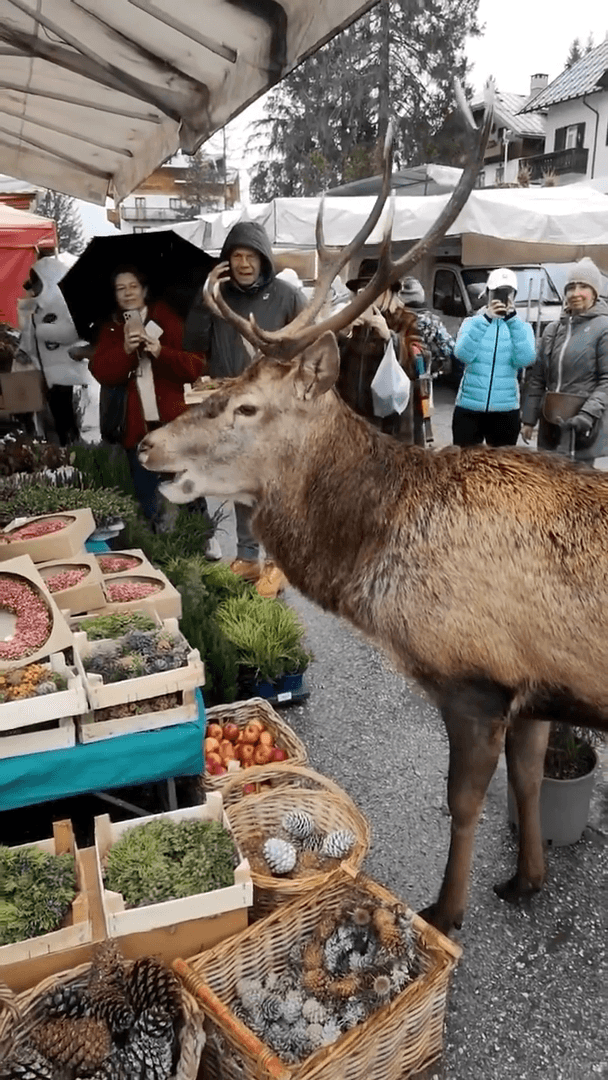
🧠 Prioritizing Mental Health: A Journey to Well-being 🌟 In the hustle and bustle of our daily lives, it’s easy to overlook our mental health. But taking care of our minds is just as important as taking care of our bodies. 💪💚 Whether it’s through meditation, talking to a friend, or simply taking a break, let’s make mental health a priority. Remember, it’s okay to ask for help and take time for yourself. 🌼 Share your favorite self-care tips and how you manage stress. Let’s support each other on this journey to well-being. 🏞️
Post: 13 September 19:23





































